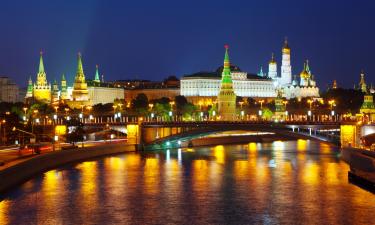Orbiter photos shows, Mars more active than believed
Mars’ surface has undergone dramatic changes in recent years, as new gullies and fresh boulder tracks have appeared, according to images released yesterday by the Jet Propulsion Laboratory, an office of NASA.
The photos, taken by the orbiting Mars Global Surveyor spacecraft, suggest that the planet is perhaps more active than had been thought.
The spacecraft, in its ninth year in orbit, spotted two new gullies on a Martian sand dune that were not present in 2002.
Scientists say the gullies may have formed when frozen carbon dioxide vaporized, trapped by wind-driven sand, releasing gas that allowed the sand to move.
The craft also took images of boulder imprints at another site; the imprints were not there two years ago. The tracks probably were caused by boulders moving after winds or a quake, scientists said.
Researchers also said that impact craters forming since the 1970s suggest that crater formation is a slow process, occurring at one-fifth the pace that had been previously thought.
The pace is used to estimate the age of Martian surfaces, said Michael Malin, principal investigator of the camera aboard the spacecraft, reports Boston Globe.
“It is possible they were set in motion by strong wind or by a ‘Marsquake’,” said Michael Malin, principal investigator for the Mars orbiter camera on board the Global Surveyor.
Also significant are two gullies photographed in April, 900m (984yds) long and 30m to 40m wide, which were not present when the same region was last surveyed.
“To see new gullies and other changes in Mars surface features on a timespan of a few years’ presents us with a more active, dynamic planet than many suspected before Mars Global Surveyor got there,” Michael Meyer, the mission’s chief scientist, said.
NASA scientists have also established that frozen carbon dioxide deposits near the planet’s south pole have shrunk for three summers in a row, indicating possible climate change, informs the Times.
Photo: NASA official web site
Subscribe to Pravda.Ru Telegram channel, Facebook, RSS!




